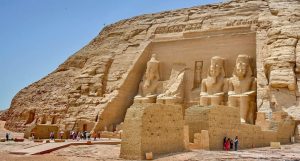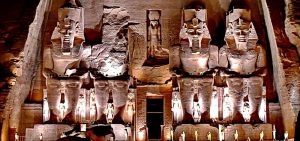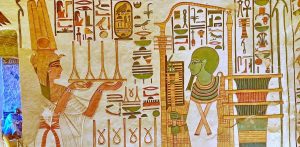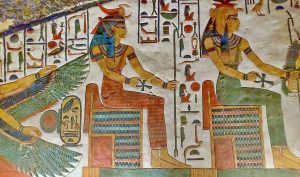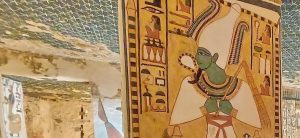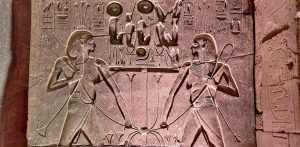The cow was a particularly important animal in ancient Egypt since it provided many of their daily requirements and was the sole source of several healthy food types. The ancient Egyptian cow goddess was also worshipped as a goddess of maternity, music, love, and joy since what this animal brings to people causes joy and pleasure in children that only mothers can provide.
The ancient Egyptians produced several distinct images of their beloved cow goddess Hathor as a significant divinity in ancient Egypt. Aside from her traditional depiction as a cow, the ancient Egyptian cow goddess was also depicted as a lovely woman wearing the crown of the cow’s two horns, with the sun disc resting in between them.
The ancient Egyptian cow goddess Hathor is one of the oldest ancient Egyptian deities, with representations of the earliest objects unearthed. Her husband is the Egyptian deity Horus, who is also represented in the oldest ancient Egyptian artifacts. Hathor was also shown as a lioness, a snake, and a sycamore tree, in addition to her traditional portrayals as a cow or a woman.
Goddess Hathor’s name
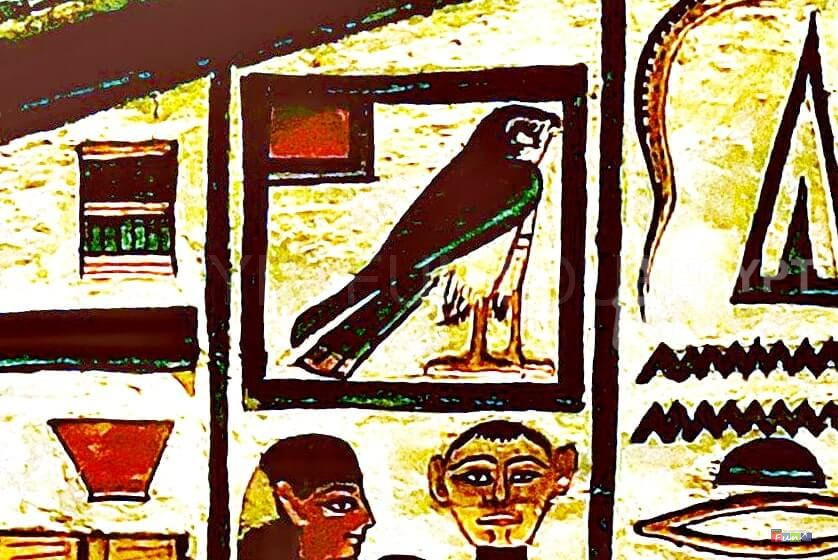
The goddess Hathor’s name is written in Hieroglyphic symbols as a falcon within a square! The falcon represents her spouse, the deity Horus, and the square form represents her dwelling, indicating that she is Horus’ wife.
This depiction of the concept is really accurate, and there is no better way to describe a woman than to refer to her as her husband’s home. Another explanation claims that she is Horus’s cage, where he is secured and to ensure that Horus is always there for his wife.
Hathor Goddess of Heavenly Motherhood
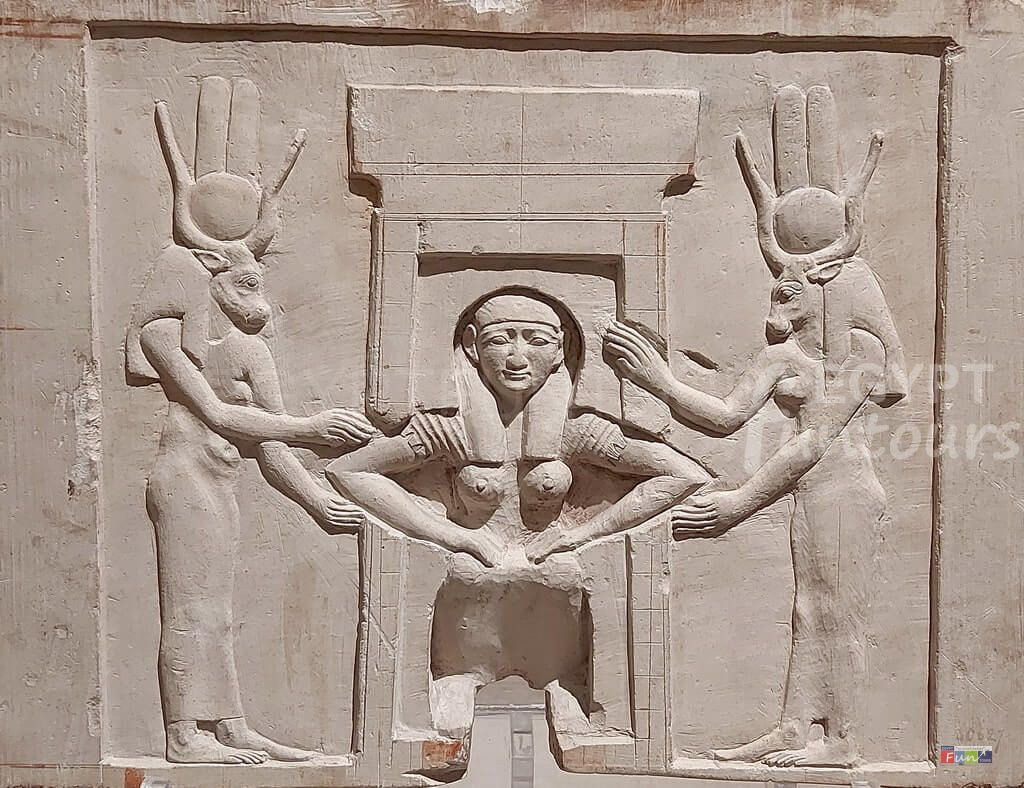
She was the symbolic mother of the ancient Egyptian earthly representations; the Pharaohs, since she was the mother or partner of the sky god Horus and the sun god Ra, both of whom were associated with monarchy.
She was one of the numerous goddesses who worked as Ra’s feminine counterpart, the Eye of Ra, and in this guise, she had a vindictive element that shielded him from his foes. Her good side signified music, dancing, joy, love, sexuality, and maternal care, and she was the spouse of various male deities as well as the mother of their sons.
The goddess’s two characteristics embodied the Egyptian notion of womanhood. Hathor roamed between worlds, helping the dead’s souls on their way to the afterlife. As a result, there is a particular chapel devoted to goddess Hathor as a mother in every ancient Egyptian temple, with her portraits and indicating that she is the mother of everyone.
Ancient Egyptian Cow Goddess Hathor ” The Lady of Drunkenness”
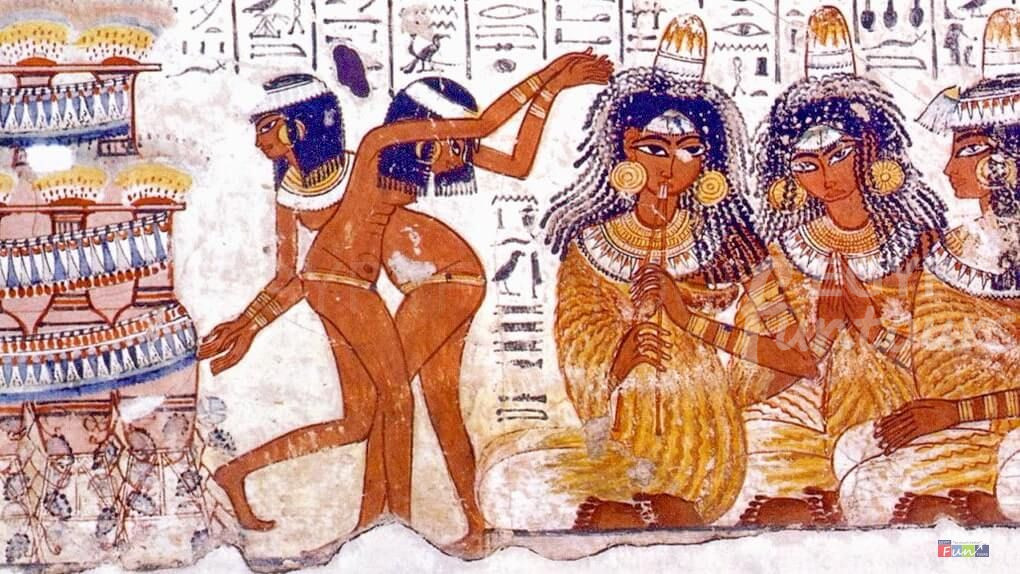
Many qualities belong to Hathor in ancient Egyptian texts; one of her epithets was “The Lady of Drunkenness,” and the yearly event is known as the Tekh Festival, or Festival of Drunkenness, highlighted how humanity was alive partially owing to drink. They would toast to the fact that alcohol knocked down the strong cow god who was attempting to annihilate humanity!
We can see how the ancient Egyptians, like Hathor, would drink till they passed out in temple settings. Egyptians would indulge in sexual acts at the Festival of Drunkenness to honor Hathor as the goddess of love. Overall, it seems that partaking in this festival or leaving slightly obscene votive artifacts is an excellent way to acquire the favor – or remain on the good side – of the goddess famed for both her abundant love-related gifts and her anger!
Milk intake and praise may be a more family-friendly approach to expressing thanks to Hathor. Hathor’s udders are shown as “flowing with milk,” honoring not just Hathor and her connection to mothers and children, but also milk and its health benefits for people.
The Hymn of the Seven Hathors: “Praise to the goddess”
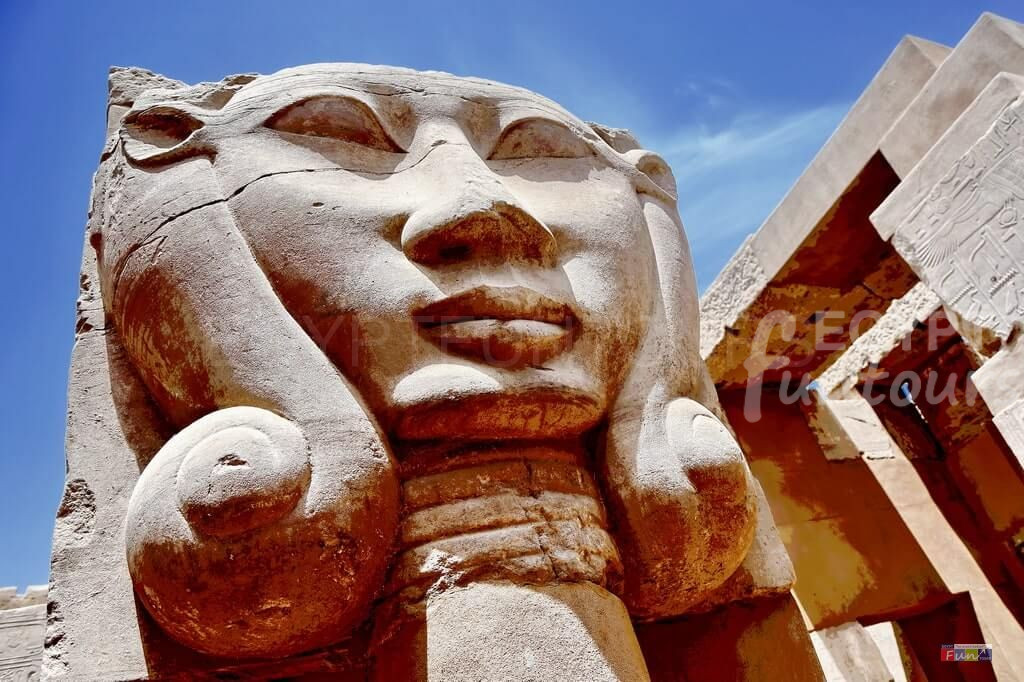
We play the tambourine for your ka,
We dance for your majesty
We exalt you
To the height of heaven.
You are the Mistress of Sekhem,
the menat and the sistrum
The Mistress of Music For whose ka one lays.
We praise your majesty
every day From dusk until the Earth grows light,
We rejoice in your countenance,
O Mistress of Dendera.
We praise you with song.
Ancient Egyptian Cow Goddess Hathor’s Main Cult Center
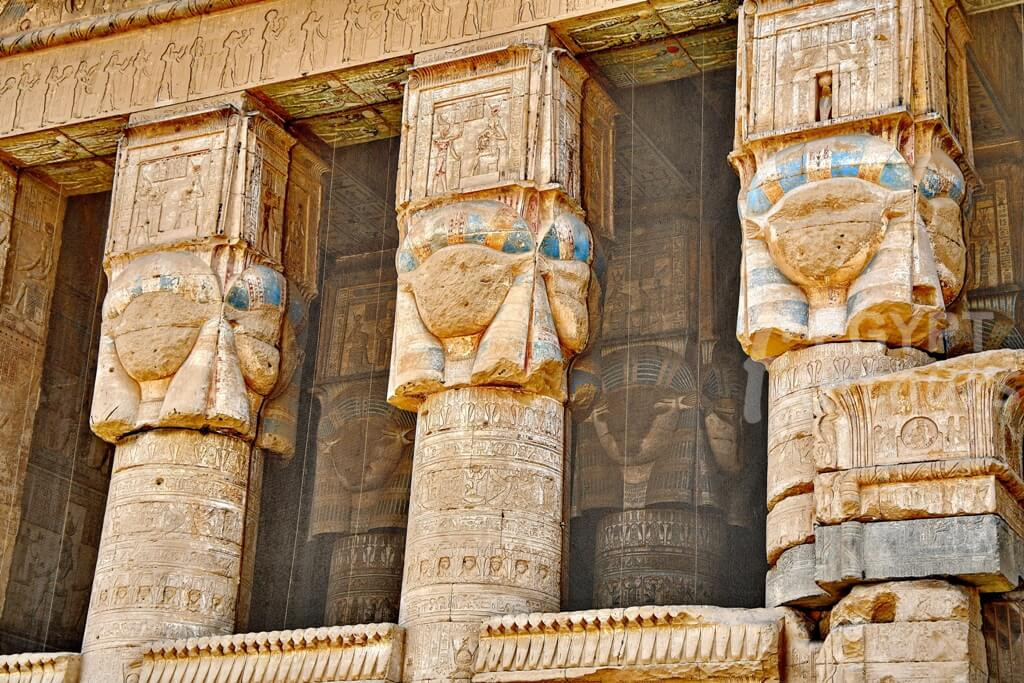
The goddess Hathor’s major worship center is in the city of Dendera, where a massive temple devoted to her still stands. The Hathoric pillars, which are capped with the goddess Hathor’s head, which is shown as a lovely lady’s head with cow’s ears, are highly distinctive at the Dendera temple of goddess Hathor.
Ancient Egyptian Cow Goddess Hathor’s cult comes to an end
While goddesses like Mut and Isis encroached on Hathor’s prominence in royal philosophy throughout the New Kingdom (c. 1550–1070 BC), the ancient Egyptian cow goddess remained one of the most commonly revered deities.
After the end of the New Kingdom, Hathor’s importance began to be eclipsed by that of Isis, although she remained revered until the demise of ancient Egyptian religion in the first decades after Christ.
A great way to learn more about ancient Egyptian gods and goddesses is to book one of our Egypt vacation packages, particularly one that includes a Nile River Cruise, so you can view the amazing antique treasures, tombs, and temples of ancient Egypt and meet Goddess Hathor in her natural habitat.
Useful links:
- Explore Egypt Destinations
- Best Tourist Attractions
- egypt unesco tours
- deluxe tours
- civilization of ancient Egypt

